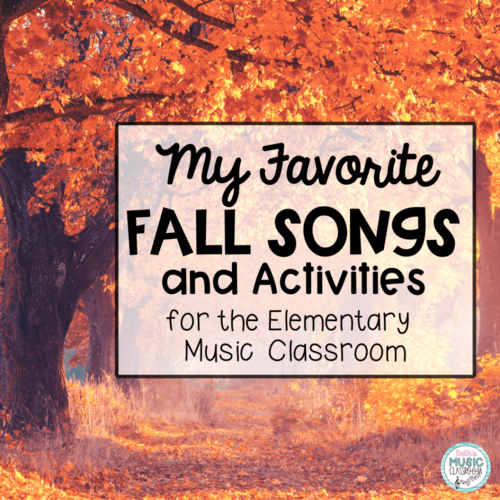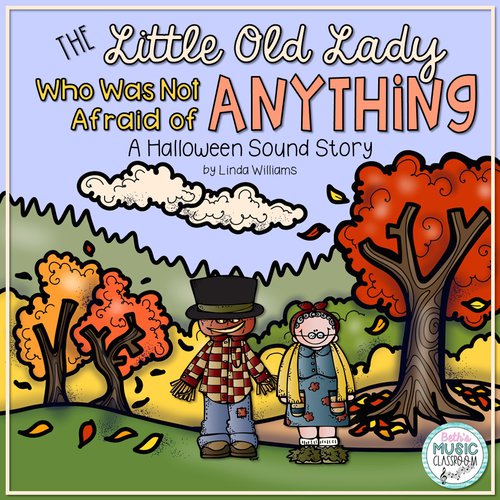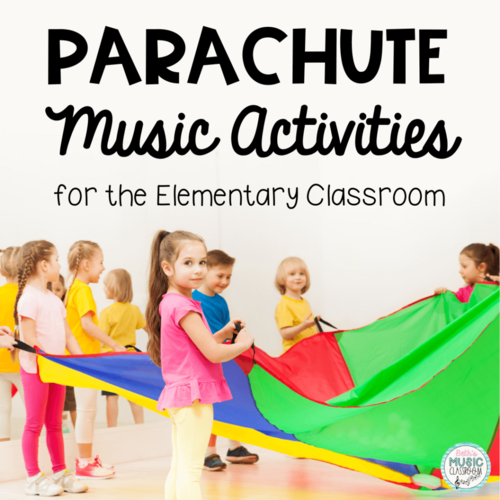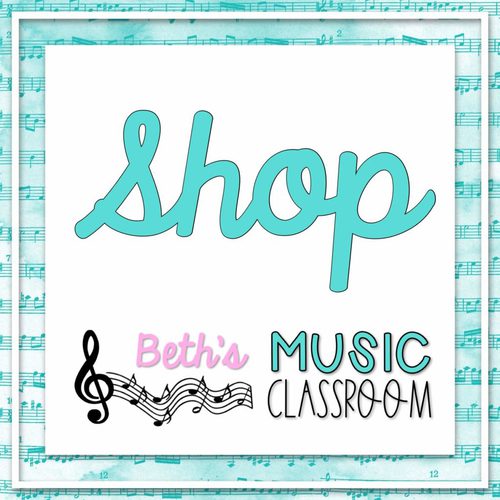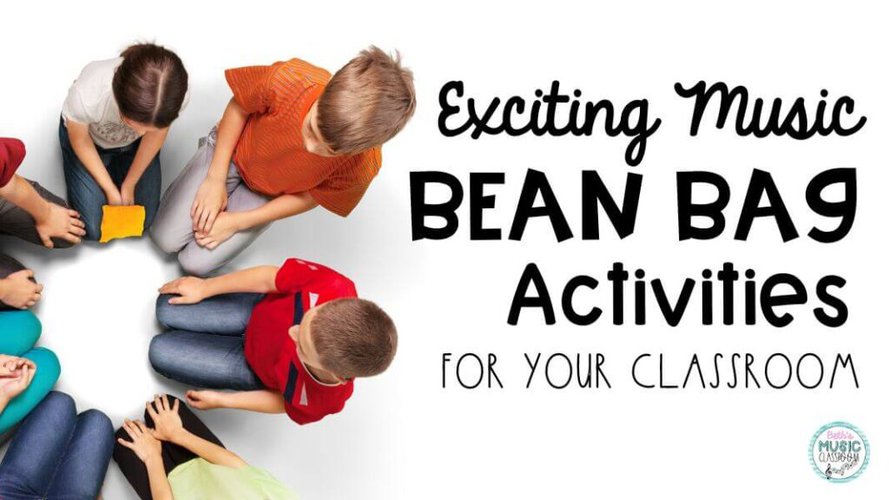
In the world of elementary music, finding simple yet effective tools to engage students is key. One versatile, budget-friendly tool I love using in my classroom is the bean bag! These tactile objects may seem basic, but they offer a wide range of benefits for rhythm, coordination, and creativity. Let’s dive into lots of different bean bag activities to make your music lessons more interactive and fun.
Finding Bean Bags
You can find bean bags relatively inexpensive online, and they come in a variety of sizes from 2 to 5 inches. I would suggest between 2 and 3 for young children to easily handle. Here’s some links if you’re interested in trying out these bean bag activities (full disclosure – they are affiliate links. You pay the same, I make a small commission). This set from Skylety comes in two different sizes. Looking for a larger bean bag, check out this set from the JOYIN Store.
If you can’t purchase a set for your class, you may be able to make them yourself. If not, you can always use another item or prop in its place. Depending on how you want your students to use it, try egg shakers, rhythm sticks, fidget balls, stuffed animals, stones, or even a shoe. No, not a stinky shoe, but rather a tiny one that I purchased new and clean to use in passing games (especially “Pass the Shoe”).
Rules for Using Bean Bags
Before diving into all of those fun music bean bag activities that you could use in your lessons, it’s important to set a few ground rules to ensure a safe and enjoyable experience for everyone in your classroom. Establishing clear guidelines helps maintain order and maximizes the benefits of these activities. Here are some basic rules to get you started:
Whether using instruments, scarves, or bean bags, my first rule in my classroom is always “You get what you get, and you don’t get upset.” I remind my students that it’s not about the color of the bean bag, but it’s about the fun activity we’re going to do.
Another bean bag rule is to be respectful of your personal space. Remind students that everyone needs to work together and be mindful of each other in the space being used. Also, encourage students to handle the bean bags carefully. Remind students that they should not throw them or use them in rough play, as they’re designed for gentle use only.
The last rule for bean bag music fun is to watch the teacher and follow the instructions for that activity. Sometimes, students will need to pass their bean bag, and other times just move it to the beat. Check that the entire class can see you or the instructional video before beginning. By setting these simple rules, you’ll create a positive environment where students can fully engage with bean bag activities and enhance their musical skills.
Bean Bag Passing Games
Now, we’re ready to dive into some exciting music bean bag activities. First, let’s look at passing games. You can use these in a small group of 4-6 students or as an entire class. Have students sit in a circle to begin. Decide if each student will have their own bean bag or if there will only be a few going around the circle. Either way, encourage students to pat and pass to the steady beat of the music played. I often say “grab-pass” or “grab-pat-pass.” Start out slowly and with very simple instructions, and then you can add more as students accomplish each motion.
You can even use a simple bean bag passing game with older students. I love doing a game similar to Uno while I play the piano. Before beginning, let students know what each new action will sound like when on the piano, another instrument, etc. You can use a reverse (pass the other way), move/draw 2 (pass bean bag back and forth in your own hands), move/draw 4 (pat bean bag from right leg, left leg, right shoulder, left shoulder). You could designate similar actions for different sections of a piece, encouraging them to listen to the musical form. For example, pass the bean bag on the A section, knee to knee on the B section, and so on. They love this!
Bean Bag Singing Games
Some other bean bag music activities include using one bean bag in singing games. You can use them as an alternative to tagging a friend or as a prop. Here’s a few singing games that you could use a bean bag:
- Doggie, Doggie
- Lucy Locket
- Button You Must Wander
- Pass the Shoe
- Al Cintron
- Obwisana
Music Theory Bean Bag Games
Finally, you could use bean bags to help practice various music theory concepts with upper elementary. For example, let’s look at a way to practice meter and time signatures using bean bags. Have students move the bean bag to match the meter of the piece being played. For example, if the time signature is 2/4, students will move it from their leg to leg or from chest to leg. If in 3/4, students pat the beat on their chest, then right leg, left leg. It’s important for them to feel the strong-weak patterns in each time signature.
Another way to incorporate music bean bags is using them with a tempo review game. Play a piece with changing tempos, and observe how students move or pass the bean bags appropriately.
For sight-reading practice, students can work in groups of 4. They toss their bean bags onto a large staff (I use my music carpet) to create a simple 4-beat melody. Then the group must sing and sign their bean bag melody. You can also use bean bags as an interval review game with only two students.
When discussing beat vs. no beat, students can each pass their own bean bag around the circle to the steady beat. If the music stops, they can move their bean bag hand slowly through air, as if floating without any beat. Here’s a perfect video for this bean bag activity.
Bean bags may seem like a small addition to your classroom, but their potential to enhance music learning is huge. Whether you’re using them for steady beat practice, creative movement, or to review theory, they offer a hands-on, engaging way to deepen students’ musical understanding. I encourage you to try out some of these activities in your next music class and see how your students respond! I’d love to hear how it went for you and your students. Leave a comment below or email me at beth@bethsmusicclassroom.com.

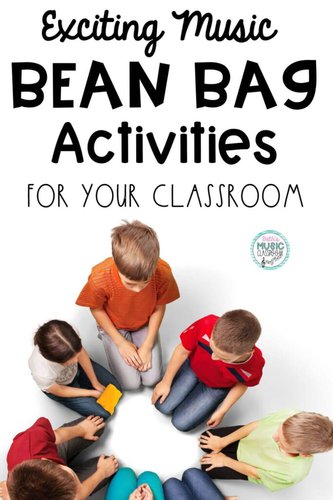
Here’s some other posts you may like.
